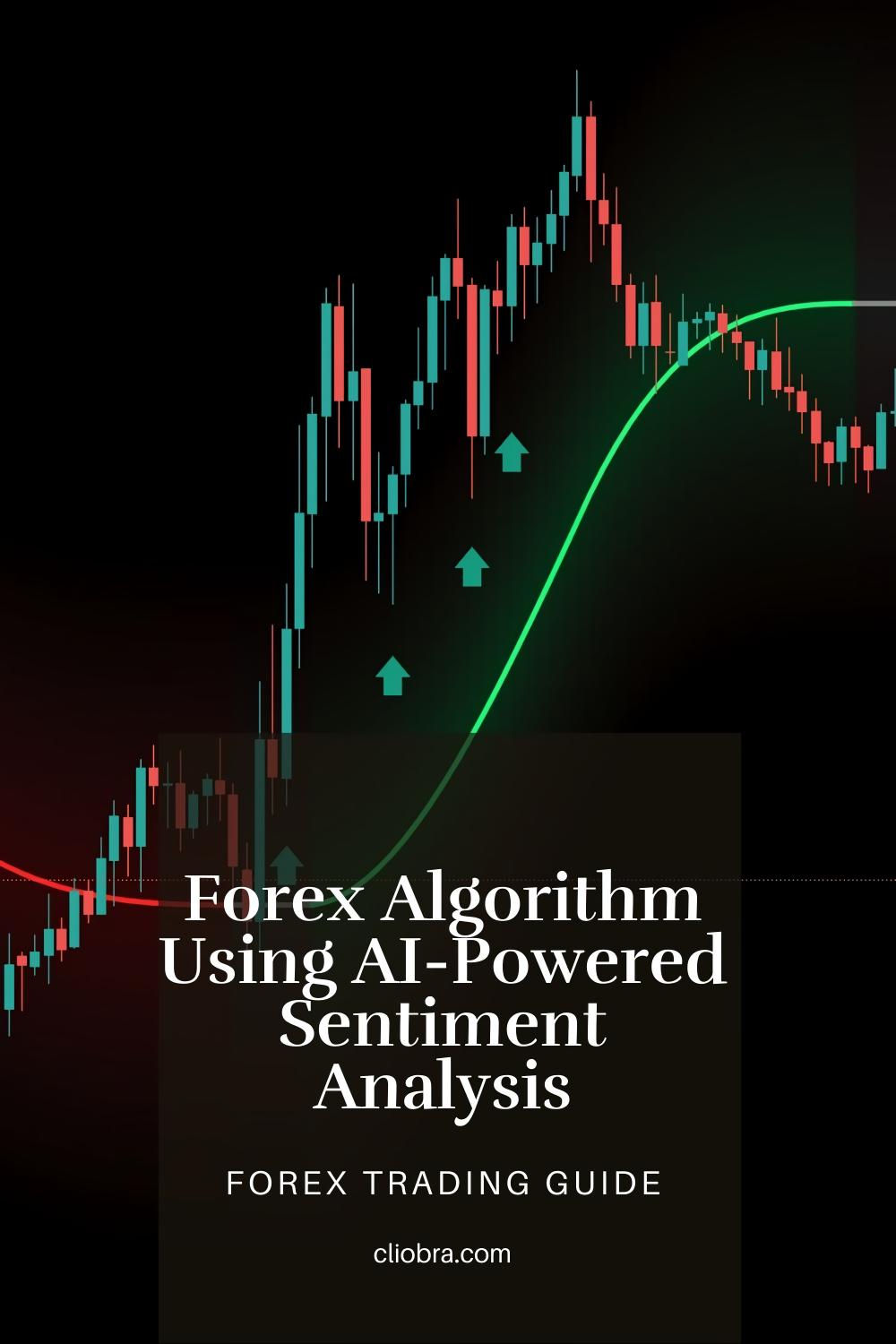Last Updated on March 24, 2025 by Arif Chowdhury
Ever wondered why your forex trades keep hitting stop losses despite solid technical setups?
I did too. Until I discovered the missing piece: sentiment analysis.
As a seasoned Forex trader since 2015, I’ve walked the path from frustrated novice to consistent profitability.
The game-changer? Incorporating AI-powered sentiment analysis into my algorithms.
Why Traditional Forex Algorithms Fall Short 🤔
Most traders build algorithms based solely on technical indicators.
Moving averages. RSI. Fibonacci.
These work… sometimes.
But they miss a crucial dimension: market sentiment.
According to a 2023 JP Morgan study, algorithms incorporating sentiment analysis outperformed traditional technical-only systems by 27% during high-volatility periods.
That’s not a small edge. That’s the difference between bleeding accounts and consistent profits.
What Is Sentiment Analysis in Forex? 📊
Sentiment analysis measures market psychology through:
- News headlines
- Social media chatter
- Economic report language
- Central bank statements
- Institutional positioning
AI models can now process these inputs at scale, extracting actionable trading signals.
Not just any signals. Signals that often precede price movements.
Building Your AI-Powered Forex Algorithm 🛠️
Step 1: Define Your Trading Parameters
Start with currency pairs you understand.
I personally focus on EUR/USD, GBP/USD, USD/CHF, and USD/JPY.
Why? Less noise, more predictable sentiment patterns.
Set clear rules for:
- Position sizing (never exceed 2% risk per trade)
- Maximum drawdown tolerance
- Time frames (H4 charts offer ideal signal-to-noise ratio)
- Exit strategies (both profit targets and stop losses)
Step 2: Choose Your Sentiment Data Sources
Not all sentiment data is created equal.
Premium options include:
- Bloomberg Terminal
- Reuters News Feed
- ForexFactory sentiment indicators
- Twitter API with custom filters
Free alternatives:
- Google Trends
- Major financial news websites
- Reddit’s r/Forex (surprising signal strength here)
A Cornell University study found that combining 3+ sentiment sources increases prediction accuracy by up to 19%.
Step 3: Select Your AI Framework
You don’t need a PhD in machine learning.
Start with:
- Python (basic requirement)
- TensorFlow or PyTorch (for sentiment processing)
- NLTK or SpaCy (for natural language processing)
- Pandas (for data manipulation)
Step 4: Train Your Model on Historical Data
This is where most traders quit.
Don’t.
Feed your model:
- 3-5 years of historical price data
- Corresponding sentiment data
- Allow for proper backtesting across multiple market conditions
My 16-Bot Portfolio: Maximizing Diversification 🤖
Speaking of diversification, I’ve developed 16 unique trading algorithms across major pairs.
Each uses a different combination of sentiment and technical triggers.
The magic? When one bot struggles, others thrive.
I’ve built these bots specifically for H4 charts, targeting 200-350 pip moves.
They’re designed for the long game, not quick scalps.
Check out my EA portfolio here – I’m offering it completely FREE.
These algorithms have survived rigorous 20-year backtests through every market condition imaginable.
Implementation Tips for Maximum Performance 📈
- Start small. Paper trade your algorithm for at least 3 months.
- Focus on one currency pair until you’re consistently profitable.
- Tweak gradually. Change one parameter at a time, then backtest again.
- Monitor news impact. Some releases temporarily invalidate sentiment signals.
- Use proper risk management. Even the best algorithms have losing streaks.
Choosing the Right Broker for Algorithmic Trading
Your algorithm is only as good as the broker executing it.
Look for:
- Low latency execution
- Reasonable spreads
- API access
- Reliable server uptime
I’ve thoroughly tested dozens of brokers and compiled the best options.
View my recommended Forex brokers here
Final Thoughts
Building an AI-powered forex algorithm isn’t about chasing the holy grail.
It’s about gaining a consistent edge.
Sentiment analysis provides that edge when properly implemented.
Start small. Test thoroughly. Scale gradually.
And remember: the best algorithms adapt with changing market conditions.
Your algorithm should evolve as markets evolve.
Ready to transform your trading? The tools are available. The knowledge is accessible.
The only question is: are you willing to put in the work?
